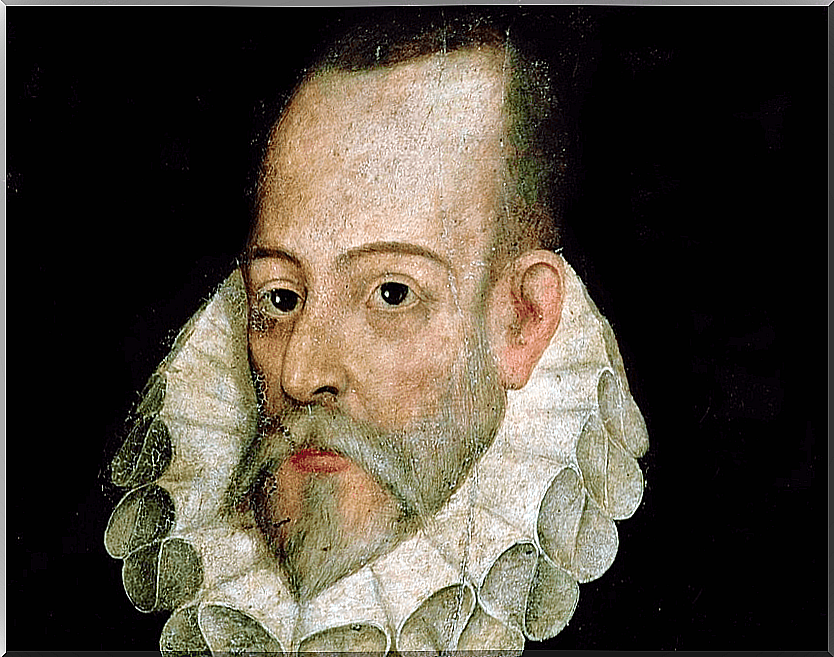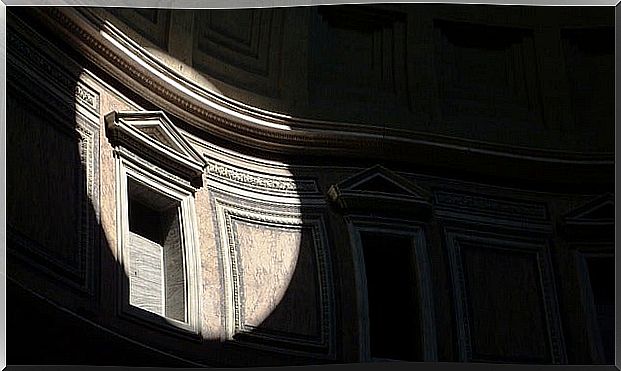Miguel De Cervantes, Biography Of A Universal Creator

Beyond the decisive contributions he made to the structuring of the Castilian language and his impressive literary work, Miguel de Cervantes is one of the most fascinating figures in history. The life of El manco de Lepanto is as interesting as his literary creations.
His greatest work , The ingenious hidalgo Don Quixote de la Mancha , is the most widely read text in all of history. Only the Bible surpasses it. They say that Sigmund Freud learned to speak in Spanish, just for the pleasure of reading that book in its original language. However, Miguel de Cervantes barely obtained income from this gigantic contribution to world literature.
Miguel de Cervantes, like other great writers in history, did not complete higher education, nor did he have access to important teachers. His life actually know very little, especially about his early years. On the other hand, thousands of analyzes and an incalculable amount of comments have been written about his work.
Miguel de Cervantes, the stutterer
The whole life of Miguel de Cervantes was marked by financial difficulties . It is conjectured that he was born on September 29, 1547, in Alcalá de Henares. He was the son of Rodrigo de Cervantes, a man of modest life who worked as a surgeon, without having completed the studies for it. The family went from here to there, always seeking better fortune. This meant that Miguel did not have continuous training.
Miguel de Cervantes was a stutterer . He was not lamenting his condition, but, on the contrary, joking about it. He was also a big fan of the theater. He spent many evenings attending the works of Lope de Rueda, which were being presented at that time.
It is believed that due to judicial problems he left Spain for Rome, where he joined the military. This led him to participate in the battle of Lepanto , in 1571. It was part of a naval combat against the Turks, in which they wounded his left hand with an arquebus, thus rendering that limb useless. He then traveled throughout Italy and became acquainted with the local literature.

Cervantes the slave
During the return trip from Italy, where he had spent several years, to Spain, the ship he was on was attacked by Turkish pirates. They captured him and sold him as a slave, along with his brother Rodrigo who was accompanying him. The two lived in slavery for five years in Algiers, until their family raised the money to pay the ransom and sent an emissary to carry out the management.
Shortly after returning to Spain, he married Catalina Salazar de Palacios. He also began to work in low-level bureaucratic trades, as his original family suffered great financial hardships. From 1587, he began to act as general commissioner of supplies, a minor position that, in any case, put him in contact with picturesque village figures.
Their marriage was actually unfortunate. Miguel de Cervantes never refers to his wife in his autobiographical notes. After two years married, and due to the trips that his position implied, they hardly saw each other. They had no children, although he did have a daughter with a married woman, whom he recognized when she was 16 years old.

The last years of genius
Miguel de Cervantes was imprisoned in 1597, accused of having appropriated public money. It was in prison where the seed of what would become Don Quixote was born. By then, several of his works had already been published, particularly short novels and plays. Although his work was always well received, it did not bring him greater financial gain.
The only image that remains of Miguel de Cervantes is the drawing he made of himself, in the prologue of the Exemplary Novels. Right there he describes himself as an aged and toothless man. Therefore, the images we know today are only an approximation of his true appearance.
Miguel de Cervantes is said to have died of diabetes, at the age of 68, on April 23. Actually, he passed away on the 22nd and the 23rd was the day of his funeral. He had asked to be buried in the convent of the Barefoot Trinitarians, since this congregation had helped him in his times of slavery. The great creator was buried in a grave without a headstone or name. So far, his remains have not been found.









